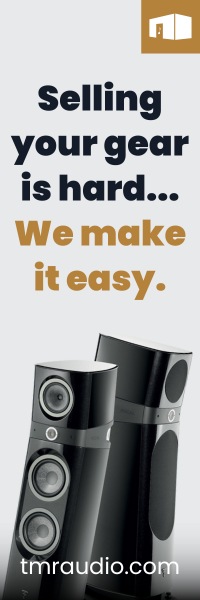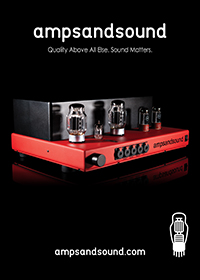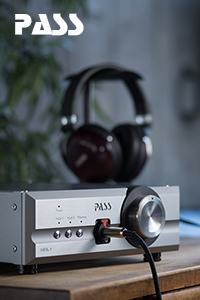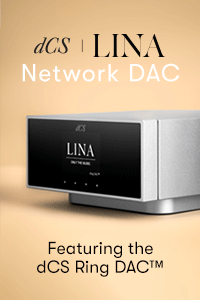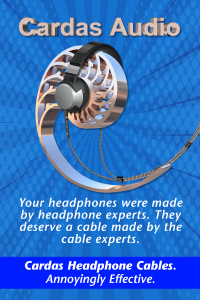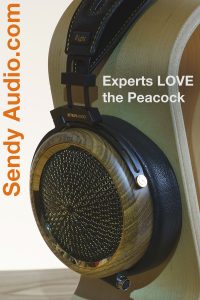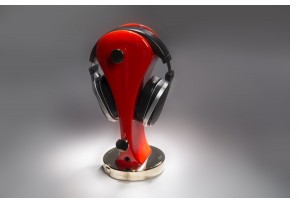
AURALiC Gemini 2000 Headphone Amplifier
Is the Gemini 2000 a headphone amplifier? Is it a headphone dock? Is it a DAC? Well, yes. Through the Gemini, Hong Kong-headquartered AURALiC creates a design that manages to pack all that into an attractive and great-sounding component. Read More >

dCS Vivaldi Digital Playback System
Spending four days with the Aston Martin DBS a few years ago was an enthralling experience to say the least—and beyond definition to say the most—but a brief time in the company of something outside of your means can often skew your perspective. Read More >
Privacy
TONE Publications Privacy Policy
We are committed to protecting your privacy at TONE Publications. Here’s what we do.
Personal Data
We will not collect any personal information from you that you do not volunteer, and we are the sole owner of all information collected on this site.
Read More >
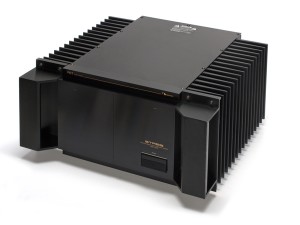
Nakamichi PA-7 Amplifier
Nakamichi is synonymous with high-performance cassette decks, but not everyone is as familiar with the rest of its electronics. Read More >
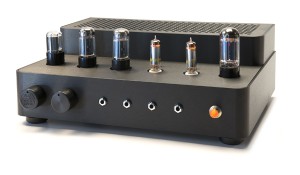
ALO Audio Studio Six Headphone Amplifier
Let’s get right to the point, Motown style, and put the hit on the first track. Read More >
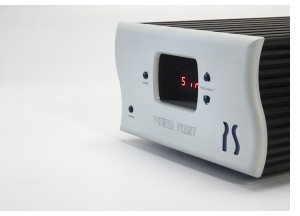
PS Audio Power Plant P300
During high-end audio’s early days, power from AC lines was never suspected of gremlins. Read More >
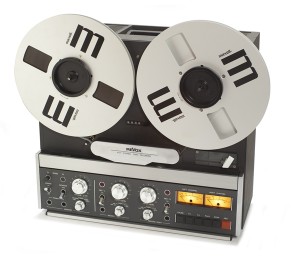
Revox A77 and B77
Along with the boom in killer headphones and headphone amps, the past few years have turned up another unexpected revival. Read More >
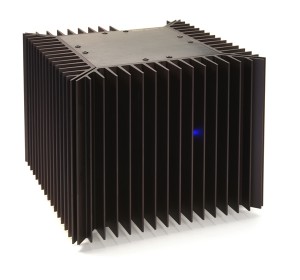
Pass Labs Aleph 5
The Aleph 5 amplifier probably won’t win any beauty contests. It’s a basic black cube surrounded by heat sinks, and the only indication that it’s operating (aside from its temperature after it’s been on for a while) is a single blue LED. Read More >
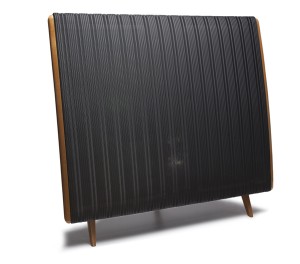
Quad ESL Loudspeakers
Expectations have changed over the decades. In the 21st century, we demand amplifiers that deliver copious amounts of power with ease. Read More >
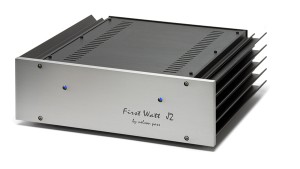
First Watt J2 Power Amplifier
The First Watt J2 is an absolute honey of an amp. Hooked up to my Zu Essence speakers, the sound isn’t merely spectacular; it regularly keeps me up long after I should have gone to bed. Read More >
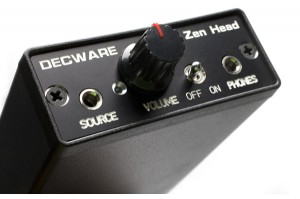
Decware Zen Head headphone amplifier and Phiaton MS400 headphones
Decware, Decware. Aren’t those the guys who make the Zen tube triode SET amplifiers? Yes, they are. Read More >
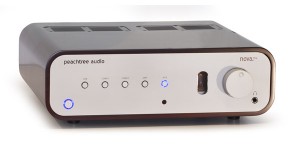
Peachtree Audio novaPre and Peachtree220
Peachtree Audio burst on the scene in 2007 with its Decco integrated amplifier with built-in DAC and onboard USB input, which was somewhat of a novelty at the time but has since become ubiquitous. Read More >
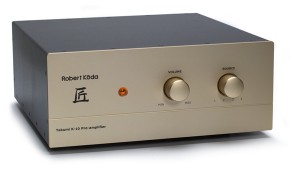
Robert Koda Takumi K-10 Preamplifier
My favorite way to initially experience any audio component is to listen to a record I’ve heard hundreds of times, regardless of fidelity. Read More >
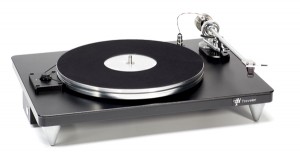
VPI Traveler Turntable
My analog journey has encountered numerous VPI turntables through the years, and they have always provided satisfying sounds and steadfast mechanical reliability, beginning with the HW-19, now out of production. Read More >
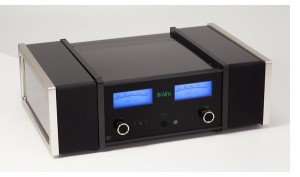
McIntosh McAire
As I unbox the new McAire wireless music system, from that other apple of my eye—the one in Binghamton, N. Read More >
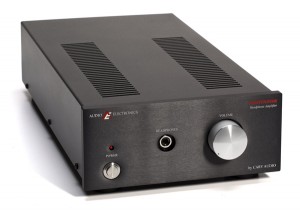
Audio Electronics Nighthawk
Unless you’ve been in the audio community since the early 90’s, chances are you haven’t heard of Audio Electronics by Cary Audio. Read More >
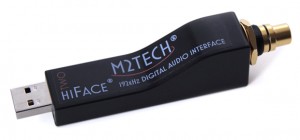
M2TECH hiFace Two
A lot can happen in two years in the world of digital audio. Back in early 2010, USB-to-S/PDIF converters for the masses were a bleeding-edge concern. Read More >
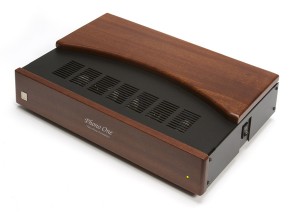
Unison Research Phono One Valve Phonostage
Vinyl lovers have no lack of choices these days when it comes to purchasing a phonostage. Read More >
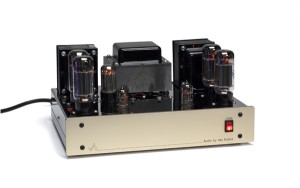
AVA Ultravalve Vacuum Tube Amplifier
The finger snaps on Thomas Dolby’s “The Ability to Swing” hang in midair between the speakers, as Dolby’s highly processed yet ethereal vocal enters the mix. Read More >
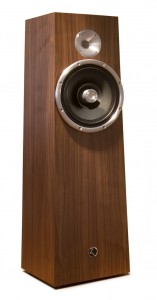
Zu Soul Superfly
High-end companies like to claim that they create speakers that don’t sound like other audiophile speakers. Read More >
Please note that all TONE and TONE related text and images are copyright © 2005–2025 TONE Magazine and The Audiophile Apartment. The RSS feed provided is for personal, non-commercial use only.
If you are not reading this content in your news aggregator, RSS reader, or direct, then the site you are looking at may be guilty of copyright infringement. If you locate this anywhere, please contact [email protected] so we can take action immediately.




